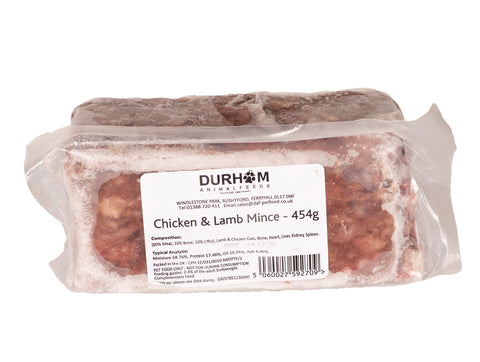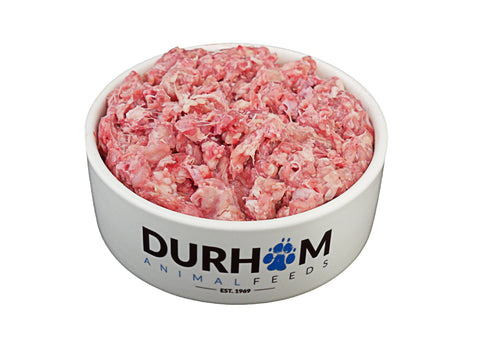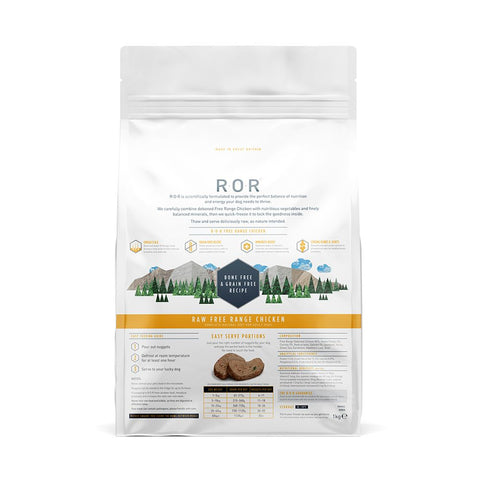Guide To Caring For Leopard Geckos

The leopard gecko (Eublepharis macularius) is one of the most popular species of reptile kept in captivity and is available in a multitude of colour mutations. In the wild, this species inhabits desert areas of Afghanistan, Pakistan and northern India.
Leopard geckos are almost exclusively nocturnal in nature, although they may on occasion bask at the mouth of their burrows for short periods, usually in the morning and early evening.
Leopard geckos are not social animals, so they are best kept singularly.
Leopard geckos are usually very docile and make good pets if the correct care and accommodation is provided. The average lifespan is approximately 15-20 years and adults can reach sizes of 20-30cm.
GENERAL CARE
A healthy leopard gecko should be bright and alert. The body should be well covered with no signs of loose skin and in particular, the tail should appear fat – as this means they are well fed. There should be no signs of diarrhoea, the eyes, mouth, and nostrils should be free of discharge and the body held off the ground when walking.
– Diarrhoea: This can be caused by incorrect feeding or internal parasite infestation.
– Mouth rot: Cheesy deposits appear in the mouth.
– Respiratory problems: Signs include fluid or mucus from the nose. This can be caused by too low temperatures or too high humidity.
– Metabolic bone diseases: Signs include deformed, swollen or paralysed hind limbs. This is due to lack of calcium, vitamin D3 and/or lack of exposure to UVB/UVA light. It can be reversed if caught in time.
If you are at all worried about the health of your leopard gecko you should consult your vet as soon as possible. It is recommended to seek a vet that has experience with reptiles.
HOUSING
A well ventilated, adequately heated, escape-proof vivarium is the best housing for leopard geckos. The depth needs to be sufficient to provide a depth of substrate, and the minimum size should be around 60x30cm for a single animal.
LIGHTING
Leopard geckos are nocturnal lizards and UVB lighting is not essential if they are kept on a balanced diet with an adequate source of dietarty calcium and vitamin D3. However, they will benefit from the provision of a normal UV pattern to recreate their natural conditions.
TEMPERATURE
All reptiles are cold blooded and need an external heat source to maintain their body temperature. Each species of lizard requires different degrees of heating. One end of the vivarium should be heated to create a thermal gradient, allowing the pet to choose its preferred temperature. The ideal thermal gradient is 24-25oC at the cool end and 30-32oC at the hot end. Night temperature can be dropped by several degrees at both ends, which will benefit your pet as this reflects his natural environment.
Background heat can be provided by using heat mats, your pet shop can advise on heating products that are suitable for your particular set-up.
Thermometers should be placed at each end to monitor the temperature range and the maximum temperature of the heat gradient can be controlled by a thermostat. You should fit wire mesh guards over exposed heat sources to prevent thermal burns.
HUMIDITY
Leopard geckos come from desert areas and require relatively low humidity and good ventilation. Provide an area of damp substrate under a hide at both ends of the accommodation, especially during the skin shed periods (which can be every two – five weeks).
FURNISHINGS
The floor of the cage should be covered with a suitable substrate, which your pet shop can advise on. Sand can be used but it is recommended to feed from a height to prevent the animal ingesting too much sand whilst eating. Leopard geckos will only eat the sand if lacking in calcium so to prevent this ensure correct vivarium temperatures and supply an extra source of calcium.
It is very important to provide hiding places in both the cooler and hotter ends of the vivarium and to ensure that the substrate under at least one hide is kept relatively moist – which facilitates better skin shedding. Piles of rocks, securely positioned slates, and other such furnishings will be appreciated by your pet.
CLEANING
Remove droppings and any uneaten live food daily. Water bowls should be washed, dried and refilled regularly. Vivariums should be completely cleaned out and disinfected with a pet safe disinfectant on a regular basis. Soiled substrate should be disposed of and replaced daily through a spot-cleaning regime.
FOOD AND WATER
Leopard geckos are insectivorous and will eat a varied diet of live insects, including appropriately sized locust hoppers, crickets, wax moth larvae and mealworms. It is important to feed the live food a nutritious diet and water to ensure your pet is also receiving a balanced diet. This is also known as ‘gut loading’ the live food.
Feeding should ideally take place daily, but in limited quantities that are eaten within an hour or two – the enclosure should not have excess live food moving around the morning after feeding.
Waxworm larvae and mealworms should be fed relatively sparingly as they have a high-fat content. Remove any uneaten live food after around 30 minutes as they annoy leopard geckos by nipping at them during the night.
It is very important that food should be dusted with a vitamin and calcium supplement on a regular basis; once
or twice a week for non-breeding adults and 3-4 times a week for juveniles and egg-laying females. Failure to
undertake such dietary supplementation may result in metabolic bone diseases and other such problems.
HANDLING
Leopard geckos are usually very docile and rarely bite. Movements should be slow and gentle but confident. To pick up your gecko, place one hand above the shoulders and support the underside with your other hand.
Reptiles can carry a form of Salmonella, which can be transferred to humans. Good hygiene and washing your hands after handling your leopard gecko should be sufficient to prevent any risk of infection.
SHOPPING LIST
Vivarium
Substrate
Heat mat/hot rock/spotlight
UV light (optional)
Thermometers x 2
Thermostat
Small water bowl
Food bowl
Live foods
Calcium supplement
Vitamin supplement
Cage furnishings
Pet safe disinfectant
Book covering the species
The Animal Welfare Act 2006 means all pet owners have a legal duty of care to their pets. Anyone who is cruel to an animal or is found not to be providing the five animal welfare needs, as listed below, can be fined and sent to prison.
The Five Animal Welfare needs:
1. Environment: Pets should be given the correct housing according to its size, this includes shelter, space to exercise and a secure, comfortable place to rest.
2. Diet: Pets should be offered the correct type and volume of food to cover all their nutritional needs alongside access to clean, fresh water.
3. Behaviour: All pets should be allowed to exhibit normal behaviour patterns and should be provided with the facilities to do so.
4. Company: Some animals require the company of their own kind, whilst others should be kept on their own.
5. Health: All animals should be protected from pain, suffering, injury and disease, and given veterinary treatment if they become sick or injured.
Credit to The Pet Charity www.thepetcharity.org.uk
Registered Charity No: 1052488










